Louise Fouqueau (she/her)
louise.fouqueau@ist.ac.at
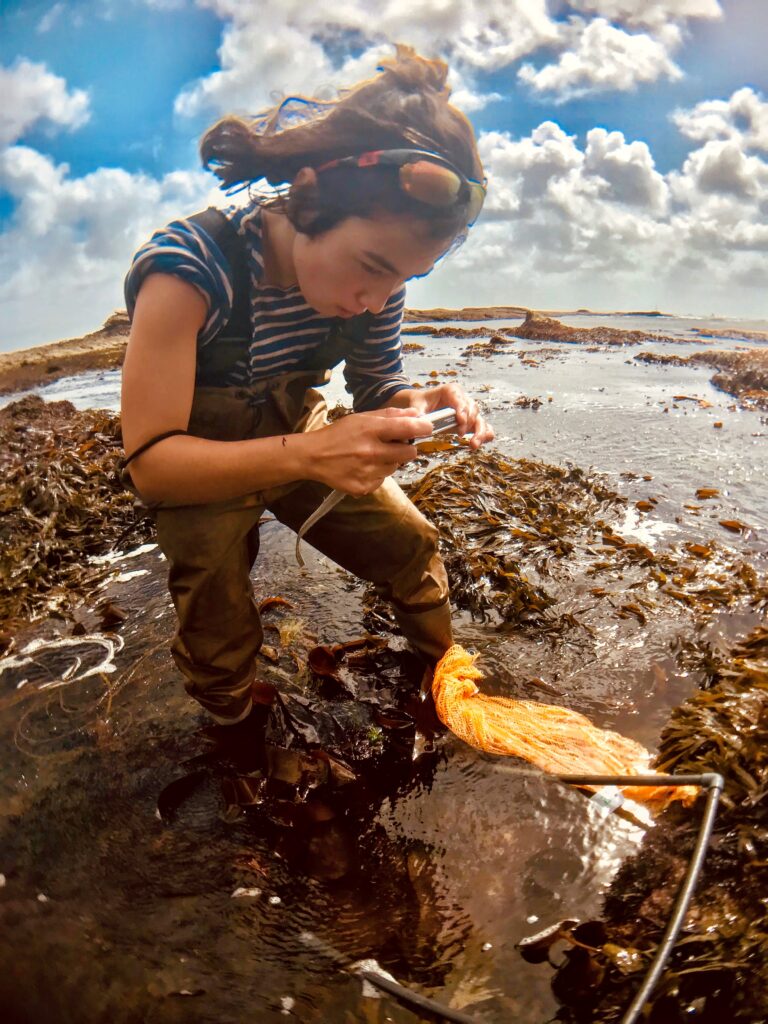
I am an evolutionary biologist and I try to bring together various empirical and theoretical approaches in order to study general questions concerning the specificities of populations located at the margins of species’ range distribution (demography, connectivity, and reproductive systems), and the consequence of these specificities on adaptive potential and the accumulation of deleterious mutations.
My project at ISTA aims to understand the evolution of self-fertilization at the range margins and its consequences for adaptation to changing environments or for the accumulation of deleterious mutations which are mainly studied using computer simulations. I am also working on various topics concerning Arabidopsis lyrata subsp. lyrata with Yvonne Willi’s group at the University of Basel.
Laura Hayward
laura.hayward@ist.ac.at 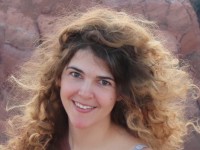
I do research in population genetics theory, with a focus on highly polygenic traits. I am particularly interested in the dynamics of traits under stabilizing selection, both in and out of equilibrium. On a day to day basis I consider questions such as: Under what parameter regimes is directional selection on polygenic traits likely to create detectable genomic signals? Are phenotypic changes in polygenic traits likely to be driven by alleles with large or small pleiotropic effects? How does linkage disequilibria alter the effective population size of populations under stabilizing selection? How can we quantify the bias in GWAS effect size estimates generated by stabilizing selection?
Google Scholar profile
Arka Pal (he/him)
arka.pal@ist.ac.at

I am interested in evolutionary and statistical genomics. All individuals in a population are related to each other through underlying genealogical relationships, which can be summarised through an ancestral recombination graph (ARG) that tracks every coalescence and recombination event in the population’s past. In theory, all information of biological importance is contained within this ARG, but in practice, it is difficult to ever know the real ARG. However, latest developments in the field of genomics enable us to infer realistic genealogies in a population. I use whole genome sequences of a large sample of hybridising Antirrhinum plants to understand the history of selective sweeps and other evolutionary processes by inferring their underlying genealogies.
Hilde Schneemann
hilde.schneemann@ist.ac.at
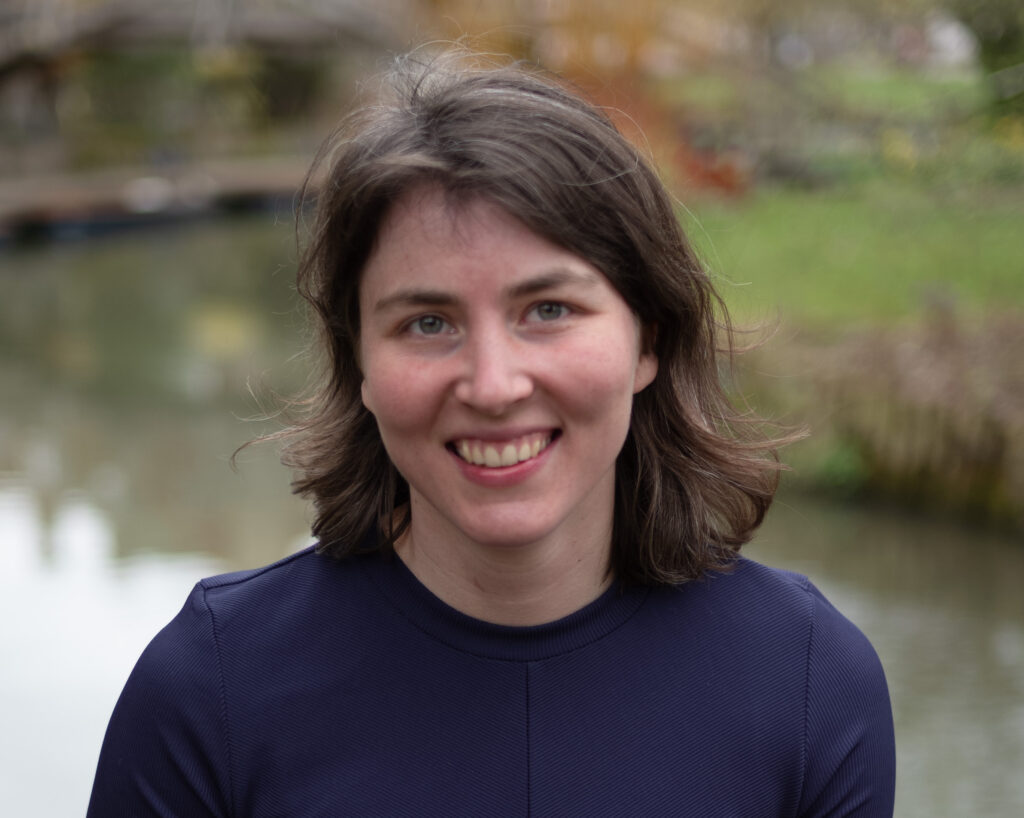
I am an evolutionary biologist interested in genetic interactions, hybridization, and speciation. During my PhD, I used fitness landscape models to capture and connect widespread patterns of hybrid fitness from the breeding and speciation literature. As a postdoc, I aim to analyze genomic signatures of background-dependent selection in controlled greenhouse crosses (Hibiscus trionum × H. richardsonii), and in a wild hybrid zone (Antirrhinum majus pseudomajus × A. m. striatum).
Google Scholar Profile
Rosina Soler (she/her)
rosina.soler@ist.ac.at
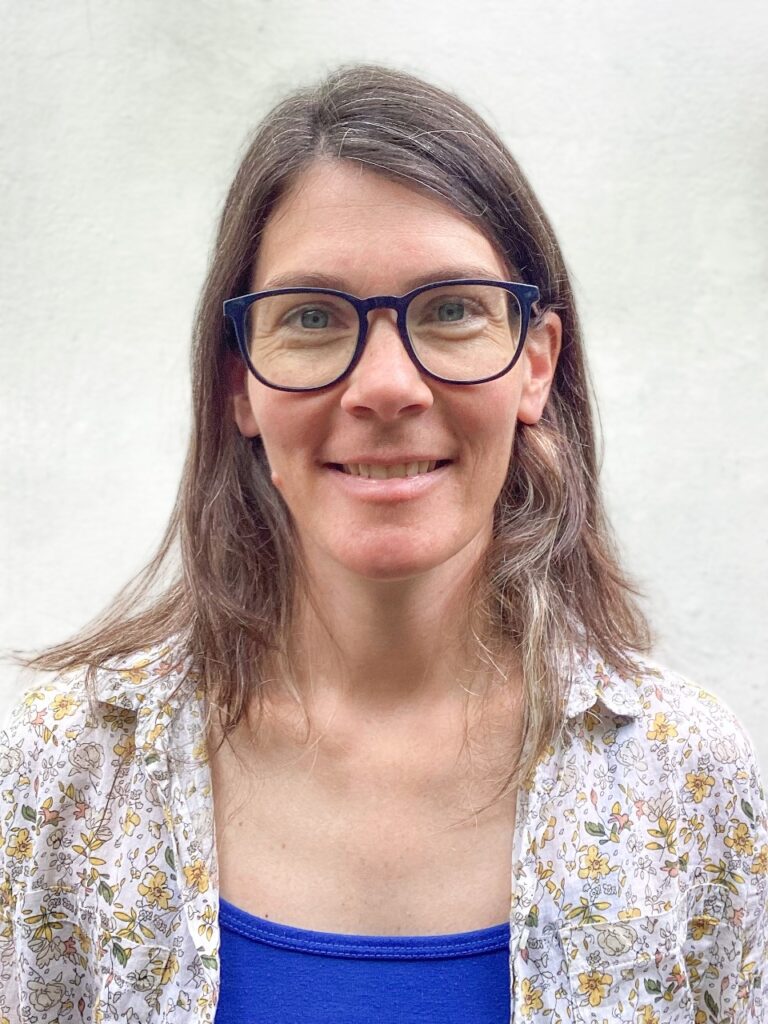
I am a field biologist and coordinate annual field sampling of the hybrid zone in the Pyrenees (north of Spain) between wild populations of snapdragons (Anthirrinum) that differ in flower colour. We record the occurrence of new and old flowering individuals, taking morphological measurements, and collecting leaves and flower samples. I am currently interested in studying the life cycle of Antirrhinum species and their interaction with ecological and environmental factors.
Parvathy Surendranadh (she/her)
parvathy.surendranadh@ist.ac.at
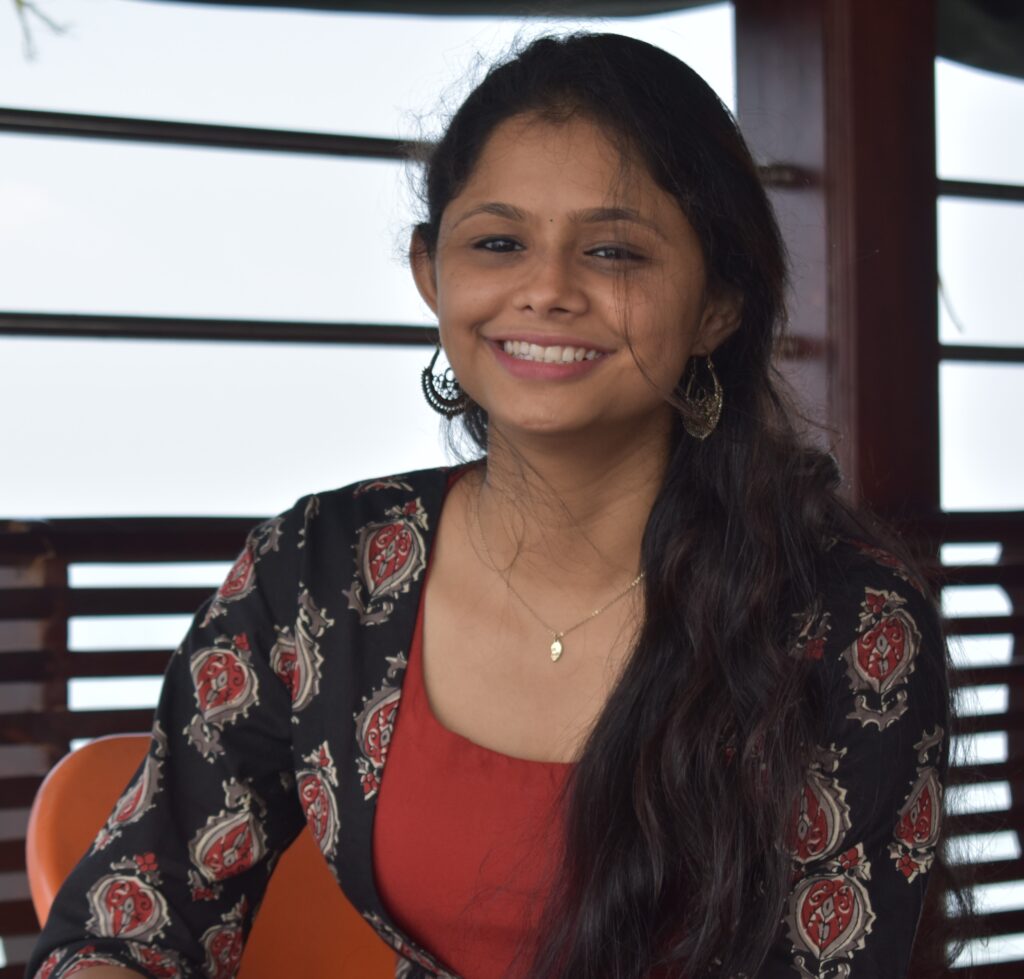
I am broadly interested in studying adaptation and speciation in natural populations whilst integrating the effects of spatial heterogeneity in structuring genetic variation. I primarily work on a long-term dataset from the natural population of Antirrhinum majus in the Spanish Pyrenees, involving a hybrid zone between the yellow and magenta coloured flowers. I am interested in understanding how clines are maintained and how selection at multiple loci affects linked neutral genetic diversity by generating genetic barriers to gene flow. Additionally, I also look at how assortative mating and sexual selection maintain local adaptation and generate polygenic barriers to gene flow in magic traits influenced by a large number of small-effect loci, both analytically and using simulations.
Benjamin Wölfl (he/him)
benjamin.woelfl@ist.ac.at
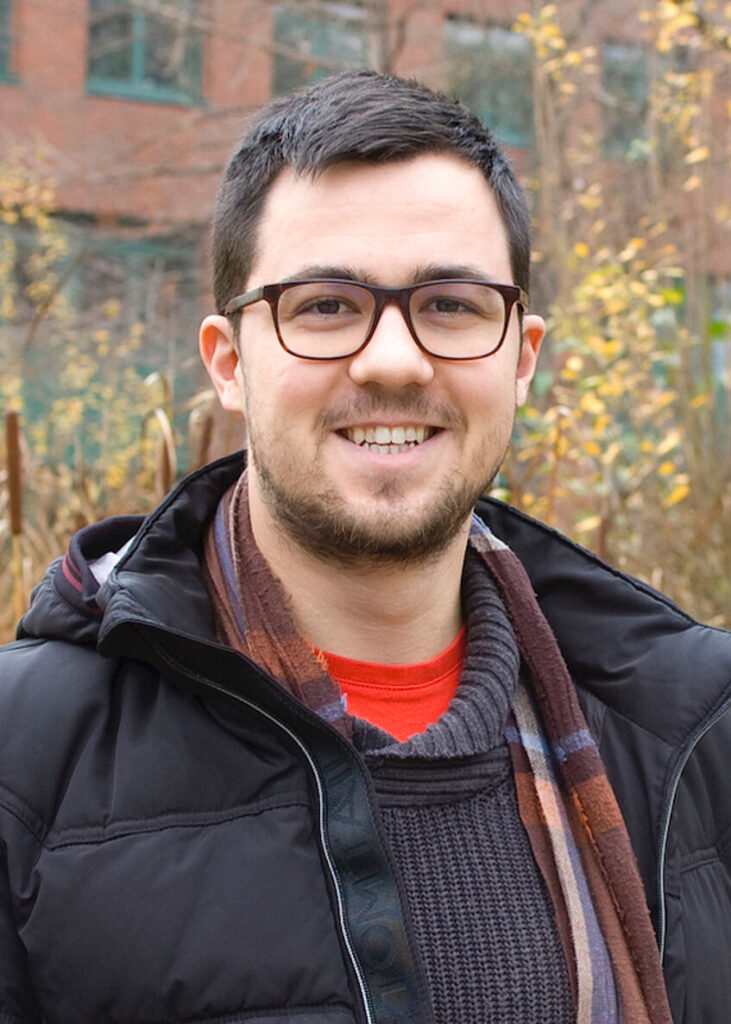
I am mainly interested in studying complex sweeps and polygenic adaptation. To that end, I use classical and haplotype block-based approaches. The latter is based on approximations of the underlying ancestral recombination graph (ARG). I hope that my research ultimately contributes to a better understanding of adaptation taking linkage disequilibria (LD) into account.